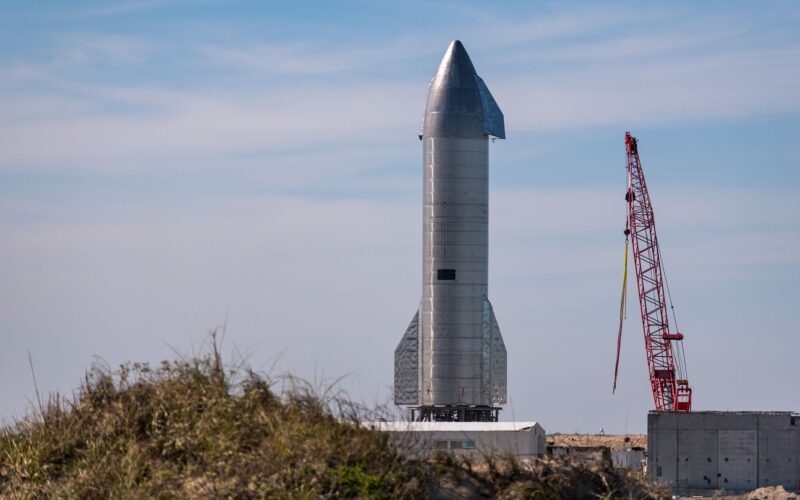After SN8, SN9, and SN10, the latest SpaceX’s Starship prototype SN11 crashed during a flight test on March 30, 2021.
Like its predecessors, the SN11 rocket took off from Boca Chica Village, near the Texas-Mexico border. The spacecraft ascended to its 10-kilometer goal through a foggy sky.
During the ascension, however, low chamber pressure was reported on Raptor engine #2. Telemetry was lost as the spacecraft reignited its engines for the landing phase, and as it was about 1 kilometer from the ground, SN11 exploded, sending debris all around the landing pad.
Starship #SN11 pieces everywhere and a big ole hole in the road where a Raptor landed. Remember, this one had the most fuel on board and was at a high altitude, so the debris field was is quite large. Really wish we could’ve seen this one pic.twitter.com/hhfxgUVU2r
— Everyday Astronaut (@Erdayastronaut) March 31, 2021
Despite these failures, SpaceX is accumulating valuable data towards its goal to create a vehicle capable of coming and going into space with a cargo of 100 tons. Starship could even be the spacecraft used to one day colonize Mars.
Looks like engine 2 had issues on ascent & didn’t reach operating chamber pressure during landing burn, but, in theory, it wasn’t needed.
— Elon Musk (@elonmusk) March 30, 2021
Something significant happened shortly after landing burn start. Should know what it was once we can examine the bits later today.
For its third altitude test flight, SpaceX’s Starship rocket had successfully landed, but exploded about 10 minutes later. The next attempt, SN15, is already assembled, with “hundreds of design improvements across structures, avionics/software & engine,” according to Elon Musk.

